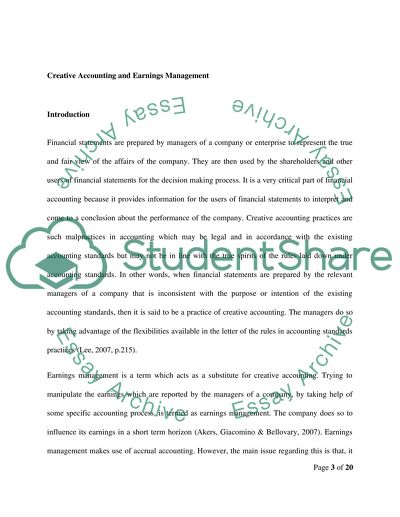Cite this document
(“Creative Accounting and Earnings Management Essay”, n.d.)
Retrieved from https://studentshare.org/finance-accounting/1395898-creative-accounting-and-earnings-management
Retrieved from https://studentshare.org/finance-accounting/1395898-creative-accounting-and-earnings-management
(Creative Accounting and Earnings Management Essay)
https://studentshare.org/finance-accounting/1395898-creative-accounting-and-earnings-management.
https://studentshare.org/finance-accounting/1395898-creative-accounting-and-earnings-management.
“Creative Accounting and Earnings Management Essay”, n.d. https://studentshare.org/finance-accounting/1395898-creative-accounting-and-earnings-management.


